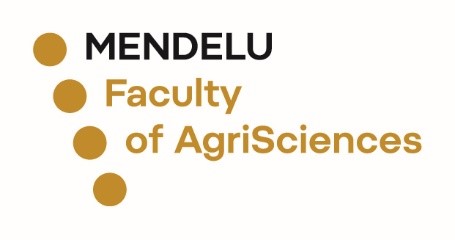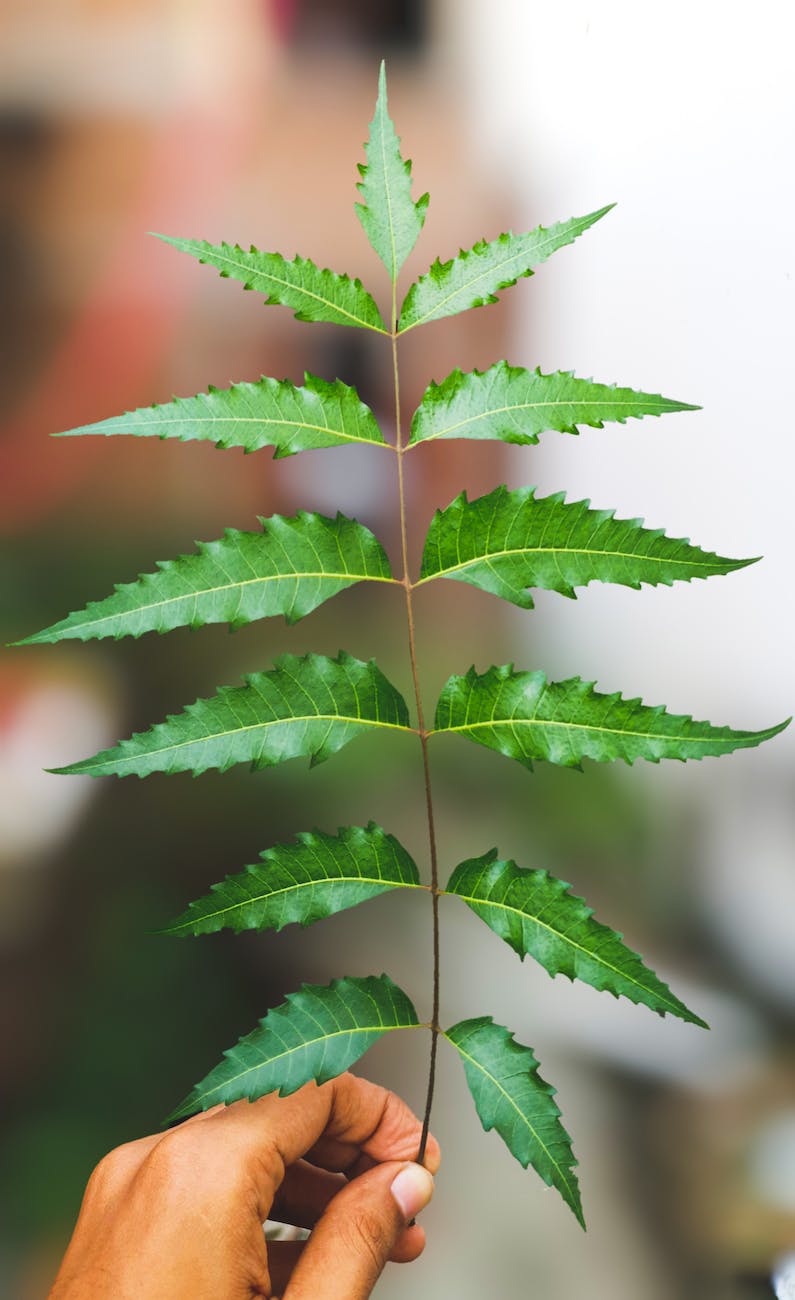Ingernal Grant Agency of Mendel Univerity in Brno has supported our research
Green synthesis of selenium nanoparticles via medicinal African plants
Principal investigator: Ing. Pompido Chilala
Aim of the project is selenium nanoparticle (SeNPs) green synthesis with usage of herbs which are used in Zambian traditional medicine. Our hypothesis is that green synthetized SeNPs will show higher antioxidant activity compared to inorganic selenium, herbs extracts alone or commercial SeNPs from supplier. We suppose, that green synthetized SeNPs could act as feed additive for animals to prevent them against oxidative stress. The principle of SeNPs formation is reducing inorganic selenium by reducing phytochemicals. Main advantage of green synthesis is to avoid the production of unwanted or harmful by-products. Moreover, several important phytochemicals from herbal extracts are incorporated to the nanoparticle structure, which can enhance its antixodant potential. According to research, selenium in combination with medicinal plants has shown positive results in reducing the effects of stress in livestock and humans (Tupec, et al., 2017). The effects of some of Zambian medicinal herbs have not been fully explored yet. Althought, their therapeutic usage is common in Zambia and the knowledge is passed down from generation to generation. SeNPs synthesis consists three steps: preparation of herbal extract, stirring with inorganic selenium and formed nanoparticles purification. Investigation of SeNPs and herbal extracts antioxidant activity will be done via spectrphotometric method based on free radicals scavenging. Their usability by target antioxidant system of living organism will be proved on eucaryotic model organism S. cerevisiae. The activity of the key antioxidant enzymes will be determined after SeNPs application to yeast colonies. Quantification of main phytochemicals in herbal extracts will be done using high-pressure liquid chromatography with diode array detector. This project brings a novel green-synthetized SeNPs with traditional Zambian herbs which have not been fully explored yet. Our developed SeNPs could be further used as antioxidant feed additive.




